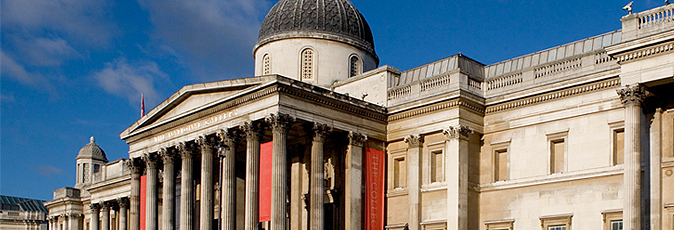About this research theme
People have always bought pictures, but over time the type of art acquired by individuals and institutions has changed, due to shifting trends in taste and availability. This has shaped the collections of major museums and galleries today.
The Buying, Collecting and Display research theme focuses on the development of important public and private art collections, the evolution of the art market and the changing attitudes of both scholars and the general public towards different periods of art and artists. The theme also encompasses historical investigation into certain aspects of display, such as framing.
The National Gallery has been exploring its own past by undertaking research into the collection of John Julius Angerstein, which was bought for the nation in 1824 and became the basis of the newly formed Gallery.
Research is also being carried out into the life and achievements of the Gallery’s first director, Charles Eastlake, who professionalised the Gallery by promoting proper care of and research into the pictures.
A joint research project with the Getty Research Institute, California, has investigated late 18th-century British sales catalogues, the results of which are available via the Getty’s databases [External link].
The research theme also includes three collaborative doctorates, one which investigates the Gallery’s historic and contemporary framing policy, another which studies the directorship of Frederic Burton at the end of the 19th century and a third that considers how perceptions of German Renaissance art changed between the era when it was made and the era when it was collected by modern institutions like the National Gallery.
These projects are disseminated in many formats, including lectures, seminars and conferences, podcasts and films, publications and webpages.
By encouraging new research in these areas within the Gallery and beyond – through collaborative ventures and by assisting international scholars to use the Gallery’s unique archival and library resources – the Gallery aims to establish itself as an international centre for the study of the history of collecting and display.

